Home>Dining>Tableware>What Are Place Settings In A Dishwasher
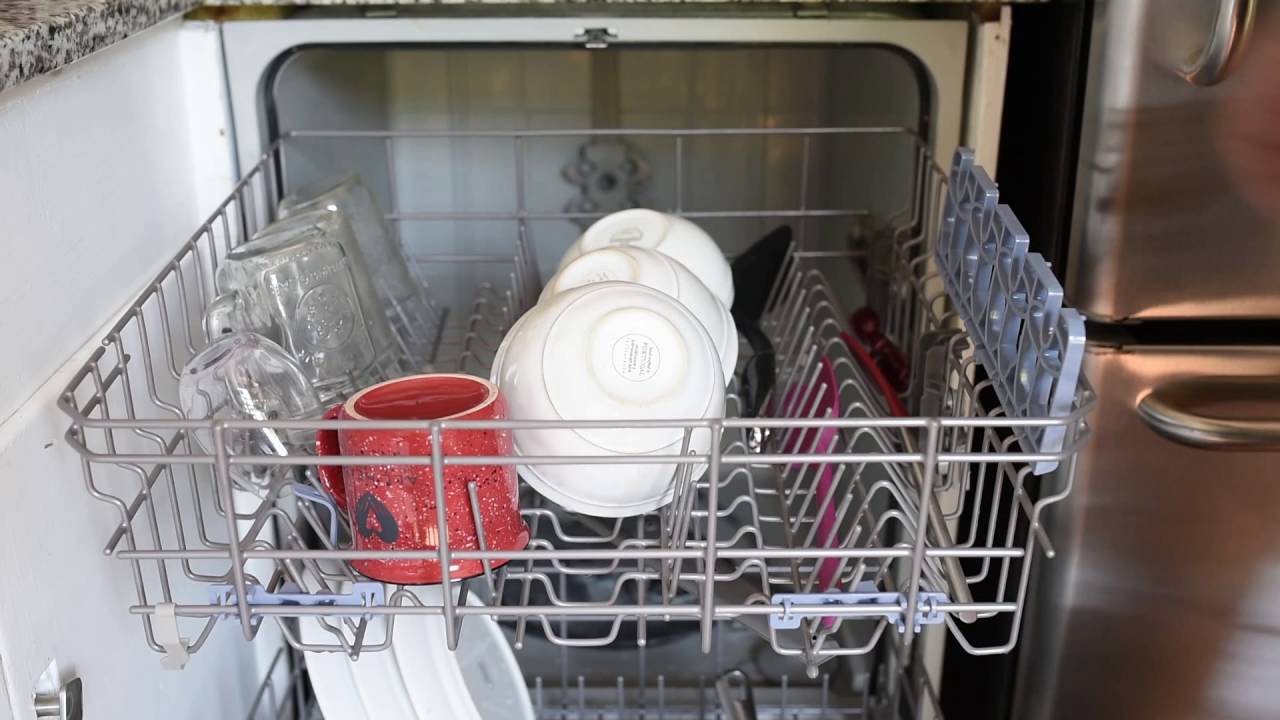

Tableware
What Are Place Settings In A Dishwasher
Modified: October 27, 2024
Discover the importance of place settings in a dishwasher for optimal cleaning. Learn how to effectively arrange your tableware for sparkling results.
(Many of the links in this article redirect to a specific reviewed product. Your purchase of these products through affiliate links helps to generate commission for Storables.com, at no extra cost. Learn more)
Introduction
Welcome to the world of tableware and dishwashing! If you’ve recently purchased a dishwasher or are curious about how to optimize its performance, understanding the concept of place settings is crucial. Place settings play a vital role in ensuring that your dishes come out clean and sparkling after each cycle.
In this article, we will explore what place settings are, their significance in a dishwasher, and the benefits of using them. We will also provide tips on how to properly arrange place settings in a dishwasher, common mistakes to avoid, and ways to maximize efficiency.
Are you ready to dive into the world of dishwashing and discover how to get the most out of your dishwasher? Let’s get started!
Key Takeaways:
- Properly arranging place settings in a dishwasher ensures efficient cleaning, prevents damage, and promotes hygienic results, saving time and reducing energy consumption.
- By following proper loading techniques and avoiding common mistakes, you can maximize the efficiency of your dishwasher, ensuring clean and spotless tableware for every meal.
Read more: Where To Place Wine Glasses In A Dishwasher
Understanding Place Settings
Before we delve into the role of place settings in a dishwasher, let’s first understand what place settings actually are. A place setting refers to a complete set of tableware that is arranged for an individual’s use during a meal. It typically consists of a dinner plate, a salad plate, a soup bowl, a drinking glass, a set of utensils (knife, fork, and spoon), and a napkin.
Each component of a place setting serves a specific purpose. The dinner plate is used for the main course, while the salad plate is for salads or appetizers. The soup bowl is for enjoying a warm bowl of soup. The drinking glass is for beverages, and the utensils are essential for eating and enjoying the meal. The napkin is used to wipe hands and mouths.
Place settings can vary depending on the occasion and formality of the meal. For formal dining, additional components such as a bread plate, a butter knife, and a dessert spoon may be included. Understanding place settings is essential not only for setting a table but also for maximizing the efficiency of your dishwasher.
Now that we have a good understanding of what place settings are, let’s explore why they are crucial in a dishwasher and how they contribute to achieving clean and spotless dishes in every cycle.
The Role of Place Settings in a Dishwasher
Place settings play a crucial role in a dishwasher as they help organize and optimize the cleaning process. When properly arranged in the dishwasher, place settings ensure that each item is thoroughly cleaned, without any damage or water spots.
The arrangement of place settings in a dishwasher allows for maximum water flow and detergent distribution, leading to more effective cleaning. By spacing out the dishes and utensils, water can reach all surfaces, removing food particles and grime more efficiently.
The design of modern dishwashers is specifically tailored to accommodate standard place settings. The dishwasher’s rack systems are designed to hold dishes and utensils in specific slots, ensuring they are securely positioned and allowing for unobstructed water and detergent access.
Properly positioning place settings also prevents dishes from touching each other during the wash cycle, reducing the risk of chipping or breaking. The separation between items ensures that they are not crowded, allowing the water jets to reach every piece evenly.
Aside from the physical arrangement, place settings also help in optimizing the use of detergents and rinse agents. Each component of a place setting, such as the dinner plate, soup bowl, or drinking glass, may have different levels of soiling or residue. By organizing them in a dishwasher, you can customize the detergent and rinse agent settings to match the specific needs of each item.
By understanding the role of place settings in a dishwasher, you can ensure that your dishes, glasses, and utensils receive a thorough and effective cleaning, resulting in spotless and hygienic tableware.
Benefits of Using Place Settings in a Dishwasher
Using place settings in a dishwasher offers several benefits that go beyond just convenience. Let’s explore some of the advantages of utilizing place settings:
- Efficient Cleaning: Properly arranging place settings allows for efficient cleaning. The organized placement of dishes, utensils, and glassware ensures that water reaches all surfaces, effectively removing food particles and stains.
- Prevents Damage: Place settings help prevent damage to your valuable tableware. By spacing out the items and avoiding direct contact between them, you minimize the risk of chipping, scratching, or breaking.
- Hygienic Results: Using place settings guarantees that your tableware is thoroughly cleaned, promoting optimal hygiene. Each component of the place setting receives adequate cleaning, ensuring that you serve your family and guests with clean and safe tableware.
- Time-Saving: With place settings, loading and unloading the dishwasher becomes a breeze. You can quickly and efficiently arrange the tableware in their designated slots, saving you valuable time in the kitchen.
- Reduced Energy Consumption: By organizing place settings properly, you can maximize the efficiency of your dishwasher and reduce energy consumption. The optimized arrangement allows for better water circulation and detergent utilization, resulting in more eco-friendly dishwashing.
- Prolongs the Lifespan of Tableware: Place settings help extend the lifespan of your tableware by minimizing wear and tear. By avoiding overcrowding and ensuring each item has its own space, you reduce the risk of breakage and preserve the quality of your dishes, glasses, and utensils.
By using place settings in your dishwasher, you not only ensure clean and hygienic tableware but also enjoy time-saving benefits while protecting the longevity of your treasured dishes and utensils.
How to Properly Arrange Place Settings in a Dishwasher
To maximize the effectiveness of your dishwasher and ensure optimal cleaning results, it is important to know how to properly arrange place settings. Follow these steps to arrange your place settings in a dishwasher:
- Pre-rinse: Before placing your items in the dishwasher, give them a quick rinse to remove any large food particles.
- Separate and organize: Separate the different components of each place setting. Place plates and bowls in the bottom rack, ensuring they are positioned vertically for maximum water flow. Utensils should be placed in the designated slots of the utensil basket, ensuring they are spaced out to avoid nesting or overlapping.
- Glass and delicate items: Place drinking glasses and delicate items on the top rack. Ensure that glasses are positioned upside down to allow water to drain properly, preventing water spots. Use the designated slots or clips for holding stemware securely.
- Flatware placement: Arrange flatware with handles facing down in the utensil basket. This ensures that water can reach all parts and prevents the handles from collecting debris. Alternate the direction of spoons to avoid nesting.
- Secure loose items: For loose items such as lids or small saucers, place them securely in the top rack or in the designated compartments of the dishwasher’s upper rack. This prevents them from moving around during the wash cycle.
- Avoid overcrowding: Avoid overloading the dishwasher and ensure that items are not touching each other. Overcrowding can hinder the water flow, resulting in less effective cleaning. If necessary, run multiple cycles or consider hand-washing the excess items.
- Select the appropriate cycle: Choose the appropriate dishwasher cycle based on the level of soiling and the material of your tableware. For heavily soiled items, use a more intensive cycle, while delicate or fragile items may require a gentle cycle.
By following these guidelines, you can ensure that your place settings are properly arranged in the dishwasher, maximizing cleaning efficiency and achieving spotless and hygienic results.
To maximize space and ensure thorough cleaning, arrange dishes and utensils in the dishwasher according to the manufacturer’s recommended place settings. This will help to optimize the cleaning performance and prevent damage to delicate items.
Read more: What Place Settings Are Millennials Using
Common Mistakes to Avoid with Place Settings in a Dishwasher
When it comes to using place settings in a dishwasher, there are some common mistakes that people often make. By avoiding these mistakes, you can optimize the performance of your dishwasher and preserve the quality of your tableware. Let’s take a look at some of the common mistakes to avoid:
- Overloading the dishwasher: One of the most common mistakes is overloading the dishwasher. Overcrowding the dishwasher prevents proper water circulation and may lead to inadequate cleaning. Ensure that you leave enough space between items to allow for free movement of water.
- Improper stacking: Another mistake is improper stacking or nestling of dishes and utensils. When items are stacked too close or nested together, water cannot reach all surfaces, resulting in poor cleaning. Avoid nesting utensils and stack plates and bowls in an upright position for optimum cleaning.
- Mixing materials: Mixing different types of materials, such as stainless steel and silver-plated flatware, can lead to chemical reactions and cause discoloration or damage. Separate different materials to avoid this issue.
- Not pre-rinsing: While modern dishwashers are designed to handle food particles, heavily soiled dishes should be pre-rinsed to avoid clogging the dishwasher’s filter and affecting its performance. Pre-rinse dishes with excessive food debris before placing them in the dishwasher.
- Using incorrect dishwasher settings: Using the wrong dishwasher cycle or settings for your tableware can lead to ineffective cleaning or even damage. Select the appropriate cycle based on the level of soiling and the materials of your dishes, glasses, and utensils.
- Not properly securing delicate items: Delicate items such as stemware or fragile china should be properly secured in the dishwasher to prevent them from moving around and potentially getting damaged. Use designated slots or clips for holding stemware securely.
- Adding non-dishwasher safe items: Avoid placing non-dishwasher safe items such as wooden cutting boards, delicate crystal, or hand-painted ceramics in the dishwasher. These items may not withstand the high heat or vigorous cleaning action of the dishwasher and could get damaged.
By being mindful of these common mistakes, you can ensure that your place settings are properly cared for and that your dishwasher performs optimally, resulting in clean and well-maintained tableware.
Tips for Maximizing Efficiency with Place Settings in a Dishwasher
To achieve maximum efficiency and optimal cleaning results with place settings in your dishwasher, follow these helpful tips:
- Scrape off excess food: Before loading your dishes into the dishwasher, scrape off any excess food particles. While pre-rinsing is not always necessary, removing large food debris prevents clogging and ensures better cleaning.
- Load items properly: Arrange plates, bowls, and glasses in a way that allows for maximum water circulation. Place them in an upright position and avoid nesting or stacking them too close together.
- Separate silverware: To prevent utensils from sticking together, mix forks, knives, and spoons in the utensil basket rather than placing similar types together. Alternate their positions to avoid nesting.
- Face items inward: When loading plates or bowls, face them inward towards the center of the dishwasher. This ensures that the water jets can reach the dirtiest parts and helps prevent overlapping.
- Use the top rack for fragile items: Utilize the top rack for delicate items such as stemware and plastic lids. Secure stemware with clips or holders designed for this purpose, and place plastic lids in a designated area to prevent them from flipping over and filling with water.
- Place small items in a dishwasher container: Small and loose items such as baby bottle nipples, jar lids, or measuring spoons should be placed in a dishwasher container or mesh bag to prevent them from getting lost or interfering with the dishwasher’s spray arms.
- Follow proper loading order: Begin by loading the items that are most heavily soiled, such as plates or cookware, in the bottom rack. This ensures that these items receive maximum water flow and cleaning power.
- Clean the dishwasher regularly: To maintain optimum performance, clean the dishwasher regularly. Remove and clean the filter, wipe down the interior, and run an empty cycle with dishwasher cleaner to remove any buildup or residue.
- Choose the right detergent and rinse aid: Select a high-quality dishwasher detergent and rinse aid suitable for your dishwasher and water hardness. These products enhance cleaning and drying performance, resulting in sparkling-clean dishes.
- Run full loads: To maximize energy and water efficiency, run the dishwasher only when it’s full. Running full loads reduces the number of cycles and saves both water and energy.
By implementing these tips, you can optimize the efficiency of your dishwasher and ensure that your place settings come out clean, spotless, and ready for your next meal.
Frequently Asked Questions (FAQs)
Here are some frequently asked questions about place settings in a dishwasher:
Q: Can I put stainless steel utensils in the dishwasher?
A: Yes, stainless steel utensils are typically dishwasher-safe. However, check the manufacturer’s instructions to confirm their dishwasher compatibility, as some items may have special care requirements.
Q: What should I do if my dishwasher doesn’t have a designated slot for utensils?
A: If your dishwasher doesn’t have a dedicated utensil basket, you can use a utensil holder that sits securely in the bottom rack. Alternatively, consider purchasing a dishwasher utensil basket that fits in your dishwasher model.
Q: Can I wash fine china and crystal in a dishwasher?
A: Fine china and crystal are delicate and may be prone to damage in the dishwasher. It’s best to check the manufacturer’s instructions before placing them in the dishwasher. In most cases, hand-washing delicate items is recommended to ensure their longevity.
Q: Should I rinse off dishes before placing them in the dishwasher?
A: It depends on the dishwasher and the level of food debris on the dishes. Most modern dishwashers are designed to handle food particles, so pre-rinsing is not always necessary unless there are large food scraps. However, heavily soiled dishes should be pre-rinsed to prevent clogging and ensure better cleaning.
Q: Can I wash aluminum or copper cookware in the dishwasher?
A: It’s generally not recommended to wash aluminum or copper cookware in the dishwasher, as the high heat and harsh detergent can cause discoloration or damage. It’s best to hand-wash these items to maintain their appearance and quality.
Q: How often should I clean the dishwasher itself?
A: It’s a good practice to clean your dishwasher every few months to ensure its optimal performance. Remove and clean the filter, wipe down the interior, and run an empty cycle with dishwasher cleaner to remove any buildup or residue.
Q: Are plastic items safe to put in the dishwasher?
A: Most plastic items labeled as dishwasher-safe can be safely washed in the dishwasher. However, check the manufacturer’s instructions to ensure they are dishwasher-compatible, as some plastics may not withstand high heat and could warp or melt.
Q: Can I wash wooden cutting boards in the dishwasher?
A: It’s generally not recommended to wash wooden cutting boards in the dishwasher. The high heat and water exposure can cause the wood to warp or crack. It’s always best to hand-wash wooden cutting boards with mild soap and warm water.
Remember to consult your dishwasher’s user manual for specific guidelines and recommendations regarding the use of place settings and the proper care of your dishwasher.
Conclusion
Properly understanding and utilizing place settings in a dishwasher can make a significant difference in the cleanliness and longevity of your tableware. By arranging place settings correctly, you can optimize the performance of your dishwasher, achieve spotless results, and ensure the hygienic presentation of your meals.
Throughout this article, we’ve explored the concept of place settings and their role in a dishwasher. We’ve discussed the benefits of using place settings, such as efficient cleaning, prevention of damage, and hygienic results. Moreover, we’ve provided valuable tips for properly arranging place settings in a dishwasher, common mistakes to avoid, and strategies for maximizing efficiency.
Remember to scrape off excess food, separate and organize items, load them properly, and use the appropriate cycle and settings for your tableware. Avoid overcrowding, mixing incompatible materials, and neglecting regular maintenance of your dishwasher.
By following these guidelines and understanding the specifics of your dishwasher, you can enjoy clean and spotless tableware while ensuring the longevity of your dishes, utensils, and glassware.
So, the next time you load your dishwasher, consider the role of place settings and implement these essential techniques to achieve optimal cleaning results. Now, go ahead and enjoy your meals with the confidence of knowing that your dishwasher is ready to handle the task of keeping your tableware clean and shining.
Frequently Asked Questions about What Are Place Settings In A Dishwasher
Was this page helpful?
At Storables.com, we guarantee accurate and reliable information. Our content, validated by Expert Board Contributors, is crafted following stringent Editorial Policies. We're committed to providing you with well-researched, expert-backed insights for all your informational needs.


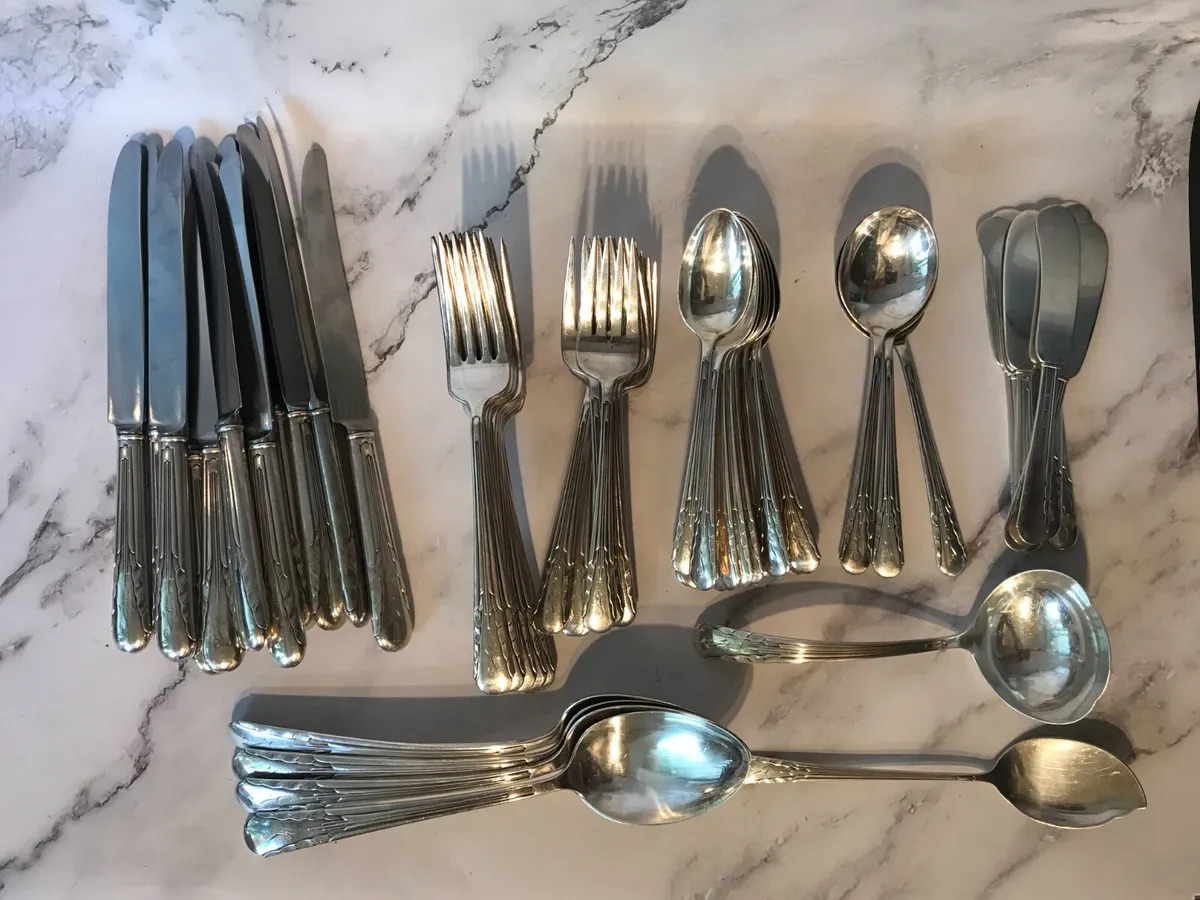


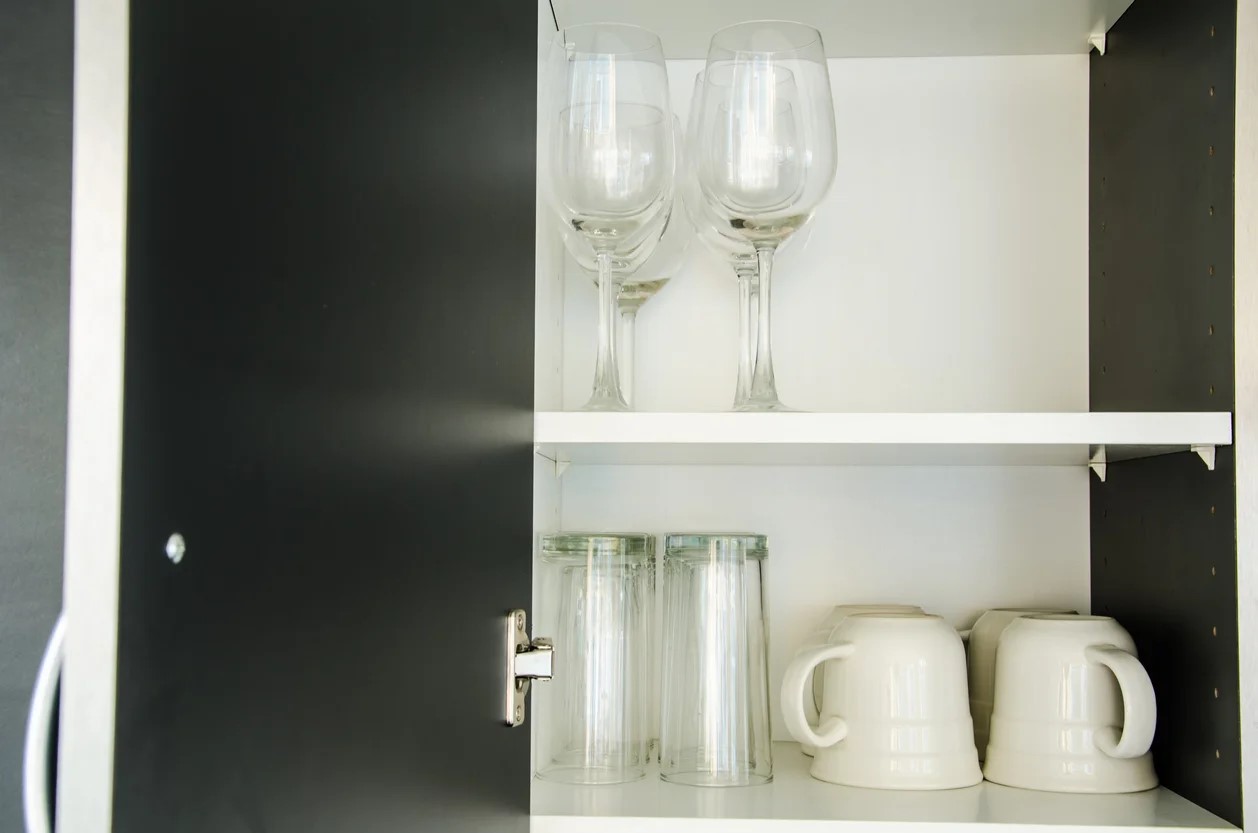



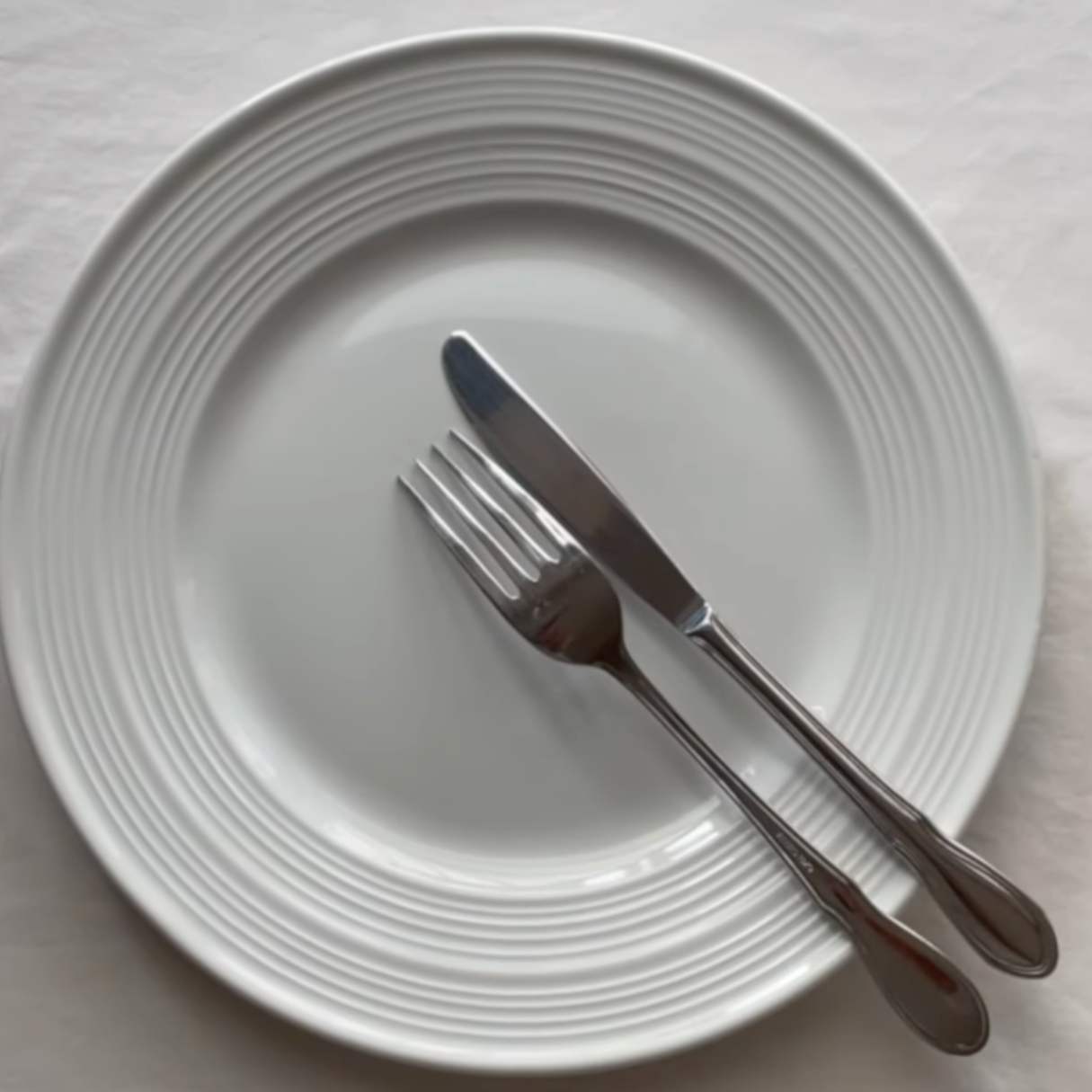


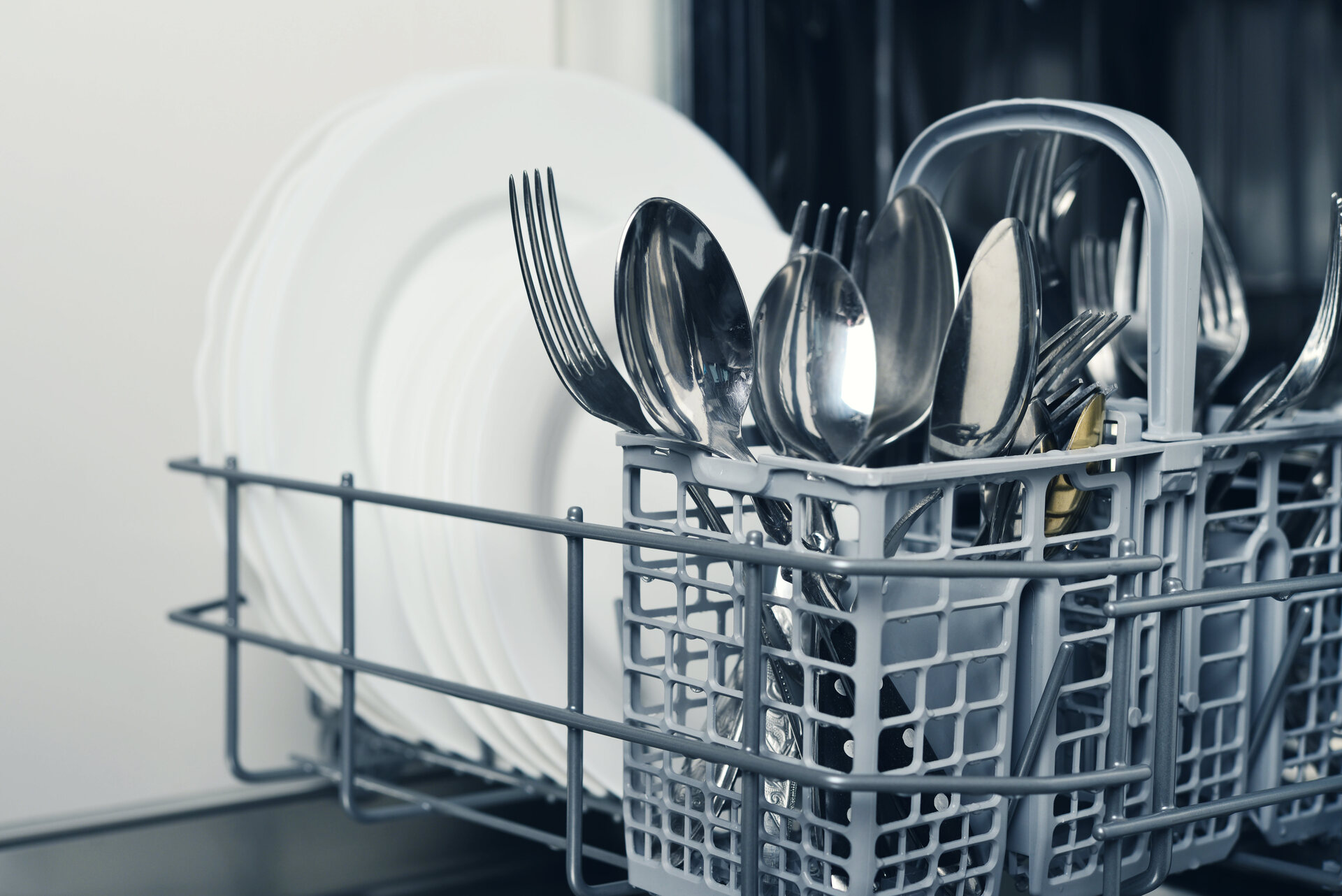
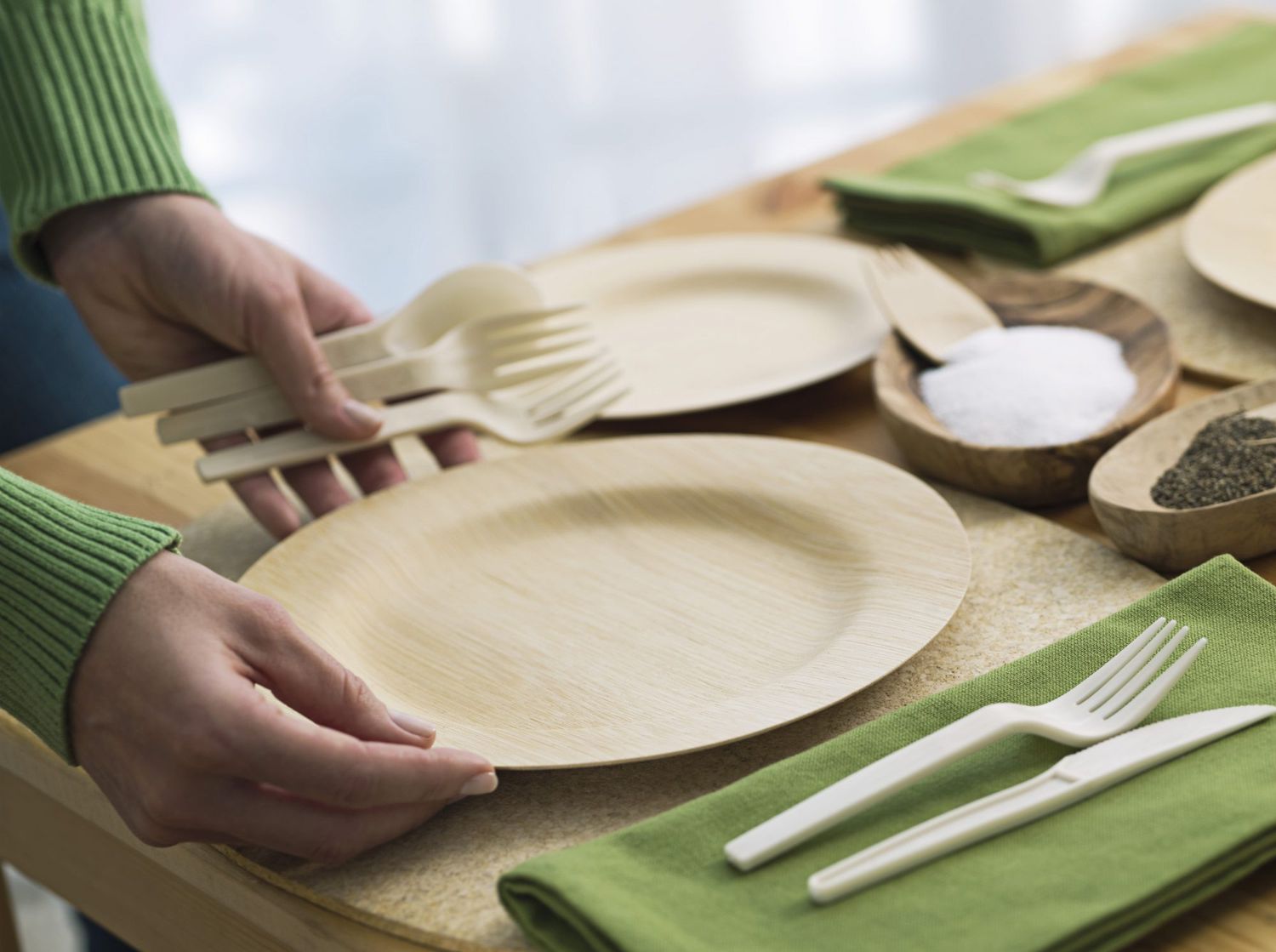

0 thoughts on “What Are Place Settings In A Dishwasher”